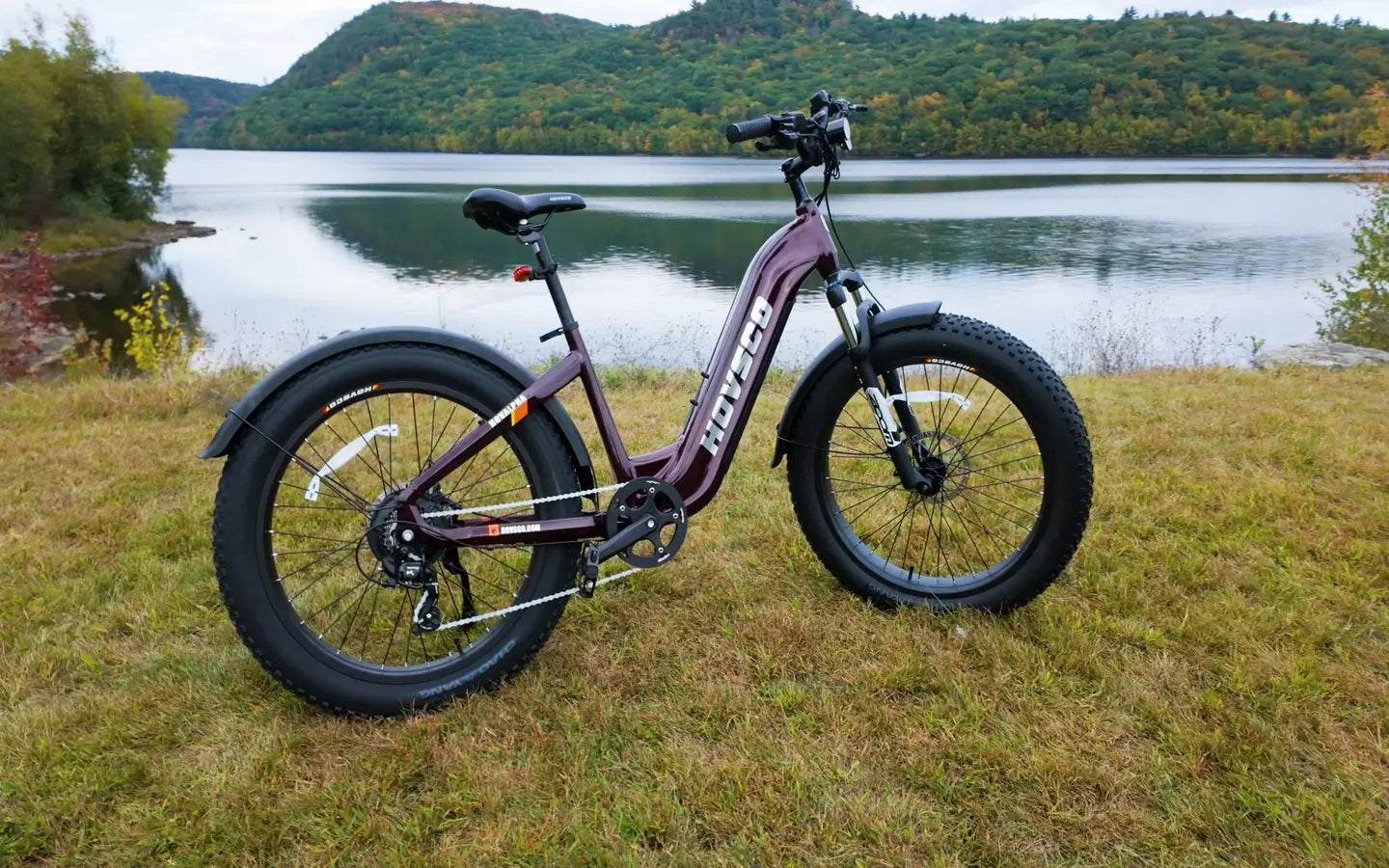
- by LiuJiazhu
How to Choose the Best Charger for Electric Bicycles?
- by LiuJiazhu
Electric bicycle chargers vary widely in power, compatibility, and charging speed. Choosing the right charger depends on your e-bike’s battery voltage, capacity, and connector type to ensure safe, efficient charging and preserve battery life.
The main charger types for electric bicycles are standard, fast, and smart chargers. Standard chargers offer steady 2–4A power, ideal for overnight use and battery longevity. Fast chargers deliver higher amperage, typically 4–6A or higher, cutting charging time for quick top-ups. Smart chargers adjust voltage and amperage automatically, optimizing battery health with advanced safety features and precise control. Choosing the right charger depends on your battery’s specs and desired charging speed.
Electric bicycle chargers generally fall into three main categories:
Selecting the right charger depends on your battery’s specifications and your charging speed needs.
Voltage and amperage must match your battery. The charger’s voltage should always equal the battery’s—using a mismatched charger risks damage or fire. Higher amperage lets you charge faster, but only if the battery supports it; otherwise, overheating and battery wear can occur. Always use the charger type and rating specified by your bike’s manufacturer for both safety and optimal battery life.
Voltage and amperage must match your e-bike battery to avoid damage or inefficient charging:
Using mismatched voltage or excessive amperage can degrade battery life or cause safety hazards.
Common electric bike connectors include XLR, DC barrel, Anderson Powerpole, XT60/XT90, and proprietary plugs unique to brands like Bosch or Shimano. XLR and barrel plugs are typical for everyday models, while proprietary connectors are used on premium or branded bikes. Always confirm your connector type before purchasing to ensure proper fit and safe charging.
Connector types vary by manufacturer but commonly include:
Confirming connector compatibility is crucial before purchasing a charger to ensure seamless connection.
A high-quality charger regulates voltage and current precisely, preventing overcharging or overheating, which can shorten battery lifespan. Inferior chargers may lack safety features, risking battery damage or fire hazards. Investing in certified chargers from trusted brands like HOVSCO helps guarantee safer, more efficient charging.
Charging time depends on battery size and charger type. Standard chargers take about 4–8 hours to fully charge most e-bike batteries. Fast chargers can cut this to around 2–4 hours. Smart chargers automatically adjust speeds but generally fit within similar timeframes. Larger batteries or lower-output chargers will increase charging duration.
Charging time depends on battery capacity and charger output:
Chart title: Charging Time Estimates for Common Electric Bicycle Batteries
| Battery Capacity (Ah) | Standard Charger (2A-4A) | Fast Charger (6A+) |
|---|---|---|
| 10 Ah | 4–6 hours | 2–3 hours |
| 15 Ah | 6–8 hours | 3–4 hours |
Compact, lightweight chargers improve portability for commuters and travelers. Features like LED status indicators, detachable cables, and waterproof casings enhance usability and safety. Some chargers support USB outputs for added convenience, allowing charging of devices alongside your e-bike.
Always use the charger supplied or recommended by your bike’s manufacturer. Charge in a cool, dry area away from flammable materials. Don’t leave chargers or batteries unattended for long periods, and unplug once fully charged. Regularly inspect cables and connectors for wear or damage. Never use mismatched chargers or attempt to overcharge—following these steps maximizes battery health and reduces fire risk.
Following these practices extends battery and charger life while ensuring rider safety.
Choosing a charger electric bicycle owners should consider battery voltage, amperage, and connector compatibility first. Opt for trusted brands like HOVSCO, whose chargers provide reliable performance, safety certifications, and user-friendly designs. Consider your charging speed needs but balance fast charging with battery longevity. Compact and portable chargers with protective features enhance daily usability. Avoid cheap, uncertified chargers to safeguard your investment and personal safety.
“HOVSCO chargers embody our commitment to innovation and rider safety,” states a company expert. “Our smart charging technology optimizes battery health by adjusting current and voltage precisely, while robust build quality ensures durability and user convenience. For electric bicycle owners, selecting the right charger is as critical as choosing the bike itself — it’s the lifeline that powers every ride.”
Q: Can I use any charger for my electric bicycle?
A: No, chargers must match the battery voltage and connector type to avoid damage and ensure safe charging.
Q: How often should I charge my e-bike battery?
A: Charge regularly after rides, avoiding deep discharges to prolong battery life.
Q: Are fast chargers safe for all electric bicycles?
A: Only use fast chargers if your battery and bike manufacturer approve them to prevent overheating and damage.
Q: How can I tell if my charger is faulty?
A: Signs include unusual heat, burning smell, or inconsistent charging. Stop using and replace immediately.
Q: Is it safe to leave my electric bicycle charging overnight?
A: Using a quality charger with overcharge protection generally makes overnight charging safe, but always follow manufacturer guidelines.
Share:
What Is Freinage and Why Is It Crucial for Electric Bikes?
How Do You Measure the Correct Seat Post Size?